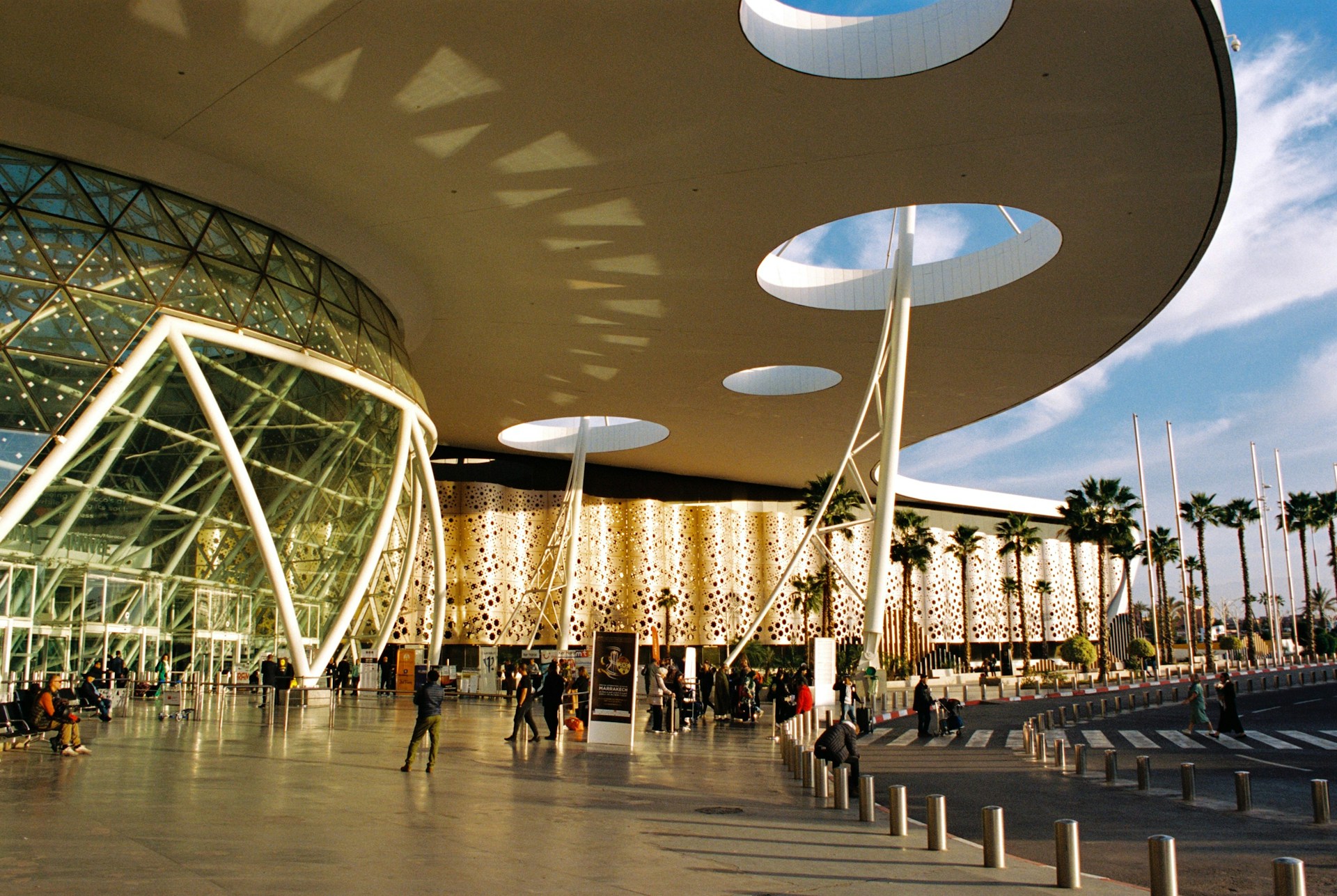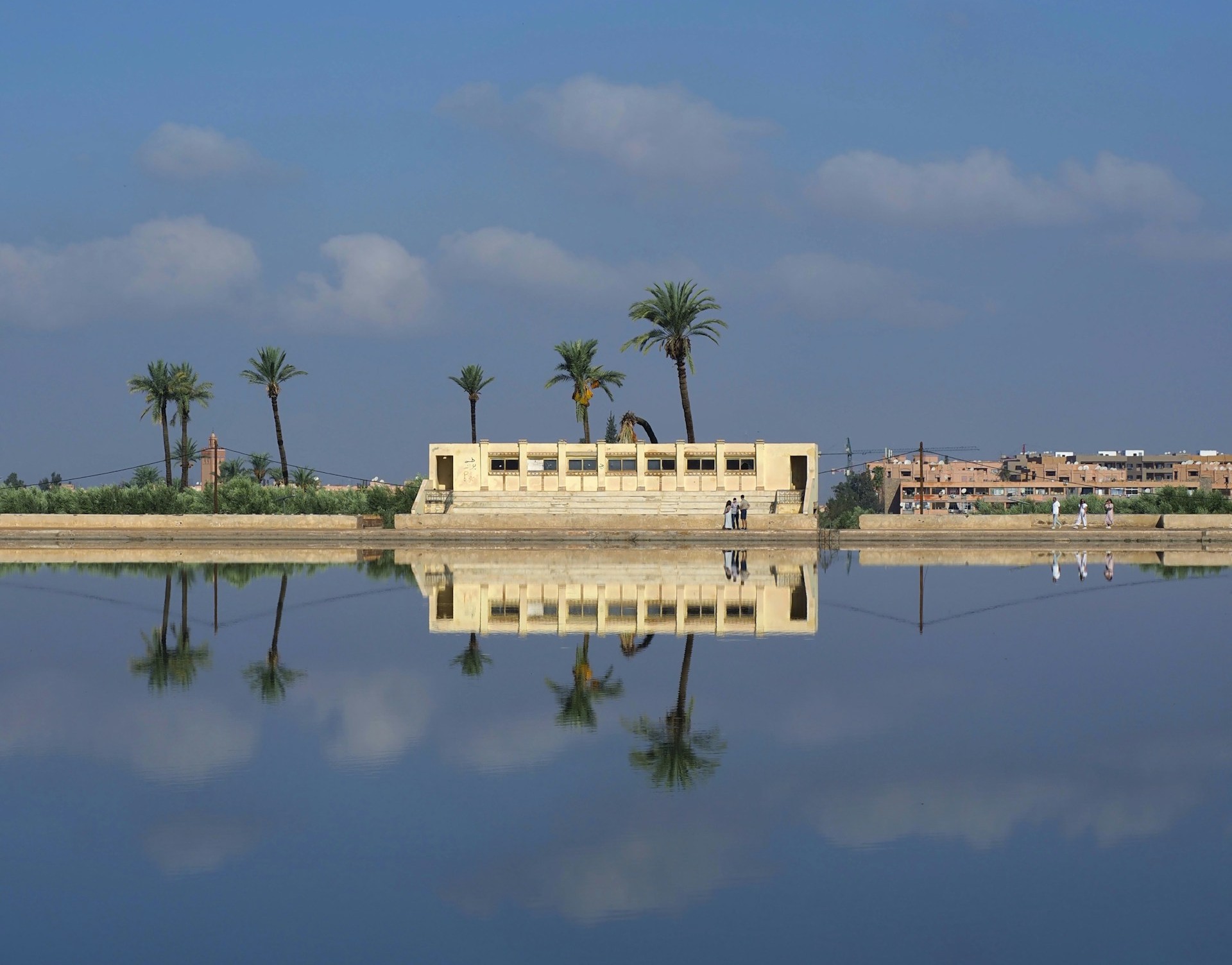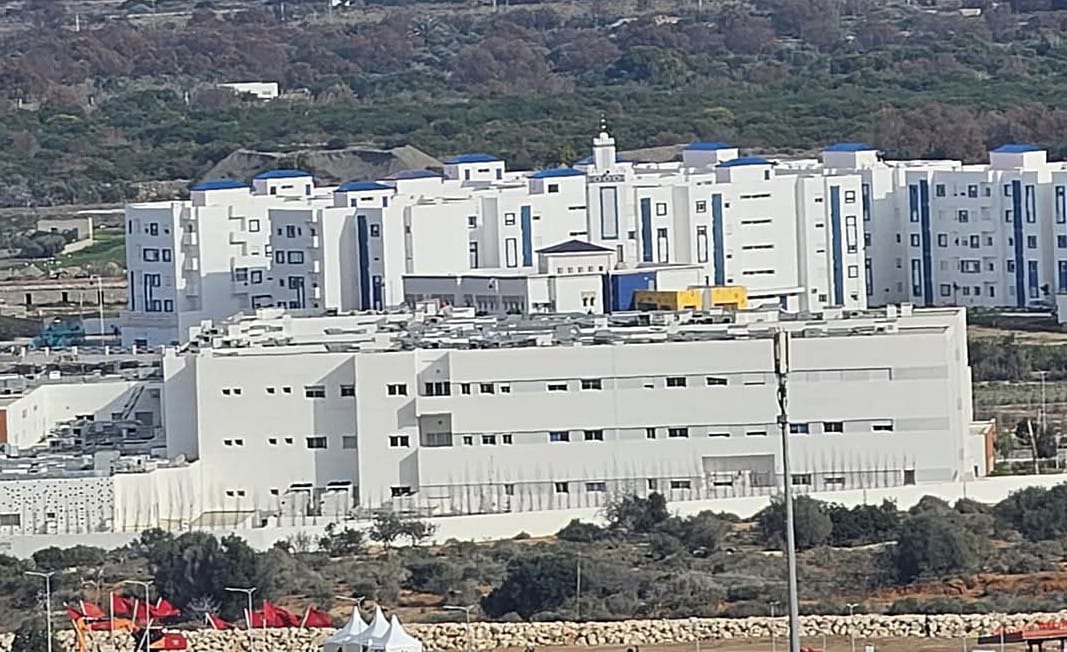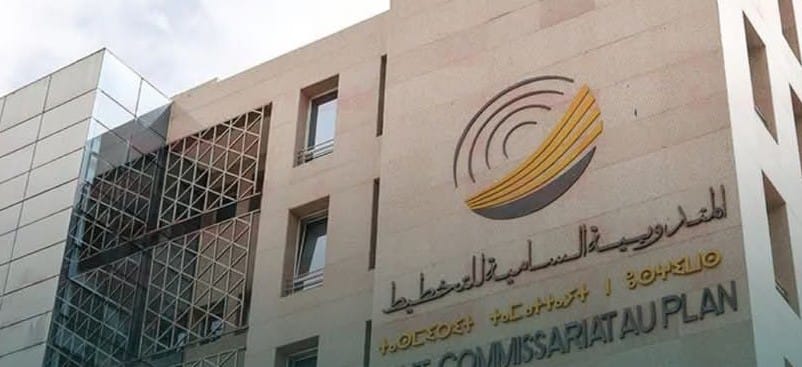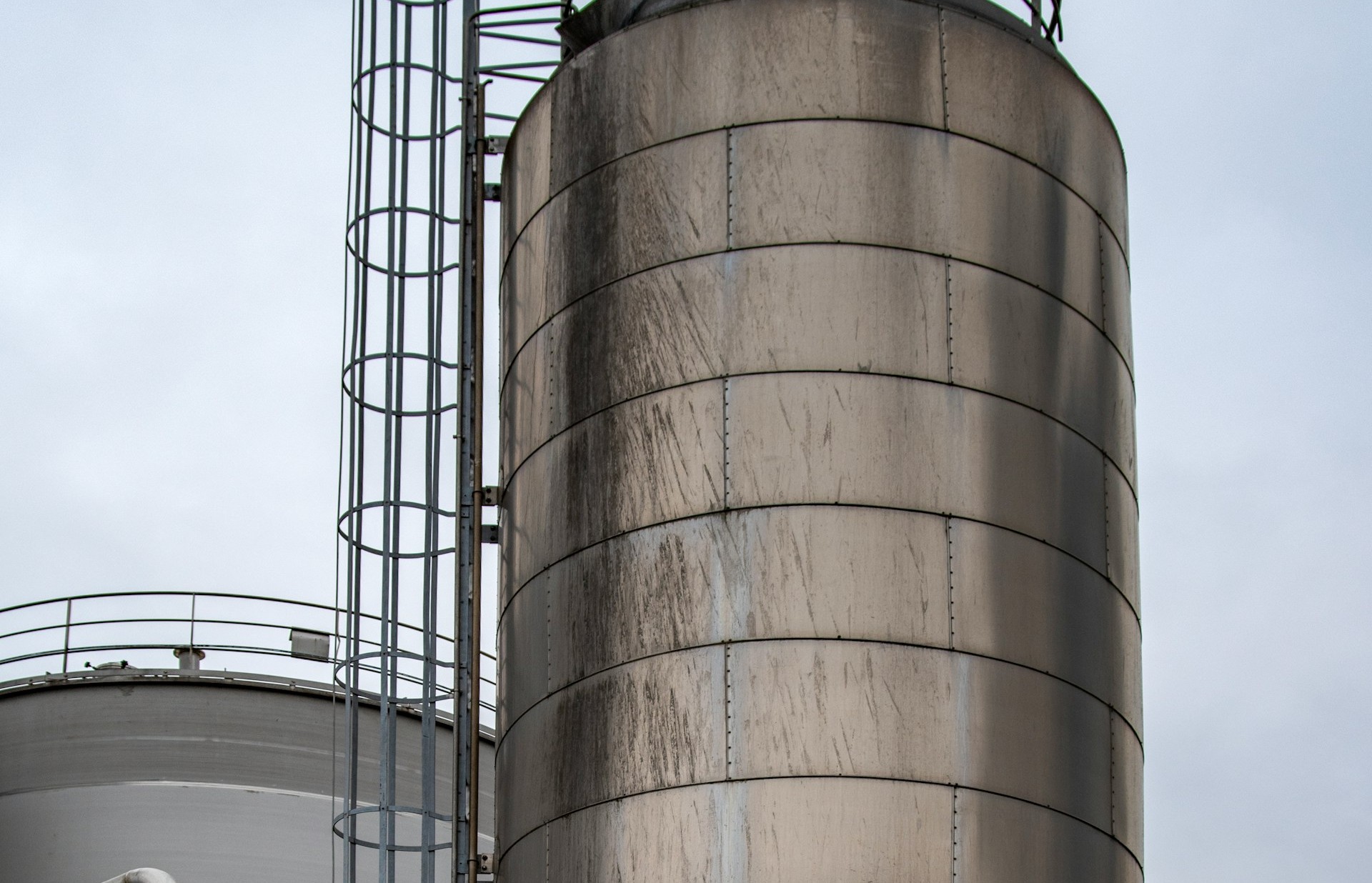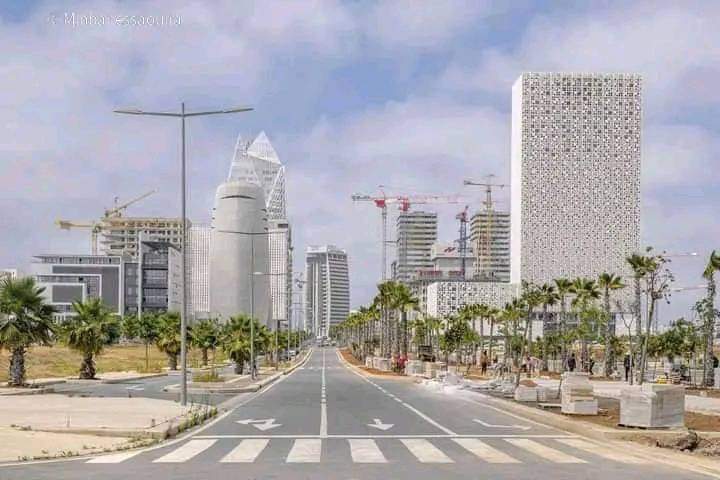Casablanca – Morocco’s real estate sector is currently facing one of its toughest periods in recent years. A mix of economic pressures, bureaucratic delays, and policy missteps has led to a prolonged and significant market downturn. Although there are clear signs of underlying demand—particularly among middle- and low-income households—transaction levels have collapsed, construction activity has slowed, and trust is weakening across both developers and potential buyers.
Recent data from national financial and cadastral institutions paints a stark picture. In the first quarter of 2025, the number of property transactions declined by 30.3% compared to the same period in 2024. Residential sales alone fell by 29.3%, signaling a widespread retreat in consumer activity. On a year-over-year basis, total real estate transactions shrank by 15.2%, with urban land and commercial properties also experiencing double-digit declines. While property prices remained relatively stable—rising by a modest 0.1% for housing and declining by 0.1% and 0.3% for urban land and commercial assets respectively—the volume collapse underscores a demand-side malaise that price metrics fail to capture.
This slowdown is not merely a cyclical adjustment; it reflects a structural imbalance in the market. For years, Morocco’s real estate sector benefited from speculative growth and rising urbanization, but the current environment is defined by rising costs, bureaucratic friction, and a clear disconnect between available housing supply and what consumers can afford.
One of the central challenges lies in the mismatch between public policy and on-the-ground realities. A government housing support program introduced in 2024 was initially welcomed as a means of boosting access to homeownership. However, implementation has proven inefficient and overly restrictive. As of mid-2025, only 55,000 of over 177,000 applications for assistance have been approved—barely a third of the total. This approval gap reflects both administrative bottlenecks and a design flaw in the program’s eligibility and delivery mechanisms, which fail to reflect the financial limitations and geographic needs of large segments of the population.
Adding to the sector’s woes are escalating construction costs, driven by inflation in building materials and labor. Input prices have increased by as much as 30% since early 2024. This inflation is partly due to labor shortages, as many skilled workers have been redirected toward large-scale public infrastructure projects and agricultural revival efforts. Developers now face mounting project expenses that erode profitability and delay delivery timelines.
Compounding the financial constraints are administrative obstacles. A key issue involves delays in issuing tax clearance documents required for property transactions. These documents, processed via digital platforms designed to streamline real estate formalities, have been plagued by slow processing, legal confusion, and cybersecurity vulnerabilities. Data leaks and technical failures have not only disrupted transactions but also contributed to a broader erosion of trust in digital property services.
The consequences of these pressures are visible in every corner of the sector. Fewer building permits are being issued, new housing starts are declining, and the stock of unsold housing units continues to grow. Cement sales—a common proxy for construction activity—are no longer reliable indicators of real estate health, as they reflect infrastructure work more than residential development.
Meanwhile, land prices in major urban centers remain prohibitively high, creating additional hurdles for developers seeking to launch affordable housing projects. This is especially problematic in cities where demand for low- and middle-income housing is most acute. The shortage of appropriately priced land has made it difficult to scale up supply in areas experiencing the most demographic pressure.
Despite the bleak landscape, there are pockets of resilience. The summer return of Moroccan expatriates has boosted temporary demand, and interest in housing units priced at around $31,000 remains strong in some cities, particularly those facing chronic housing shortages. However, this demand is not yet sufficient to reverse the overall downward trend.
Looking forward, a comprehensive sectoral recovery will require more than one-off subsidies or limited legislative tweaks. A coherent and coordinated strategy is urgently needed—one that addresses land accessibility, accelerates permit processing, rethinks housing support eligibility, and ensures a stable and secure digital environment for property transactions. Institutional reforms, including the activation of regional urban planning and housing agencies, could play a pivotal role in aligning national development goals with local market conditions.
The Moroccan real estate market stands at a critical juncture. Without bold interventions and structural adjustments, what began as a downturn risk becoming a long-term stagnation that could undermine one of the country’s historically vital economic engines.
